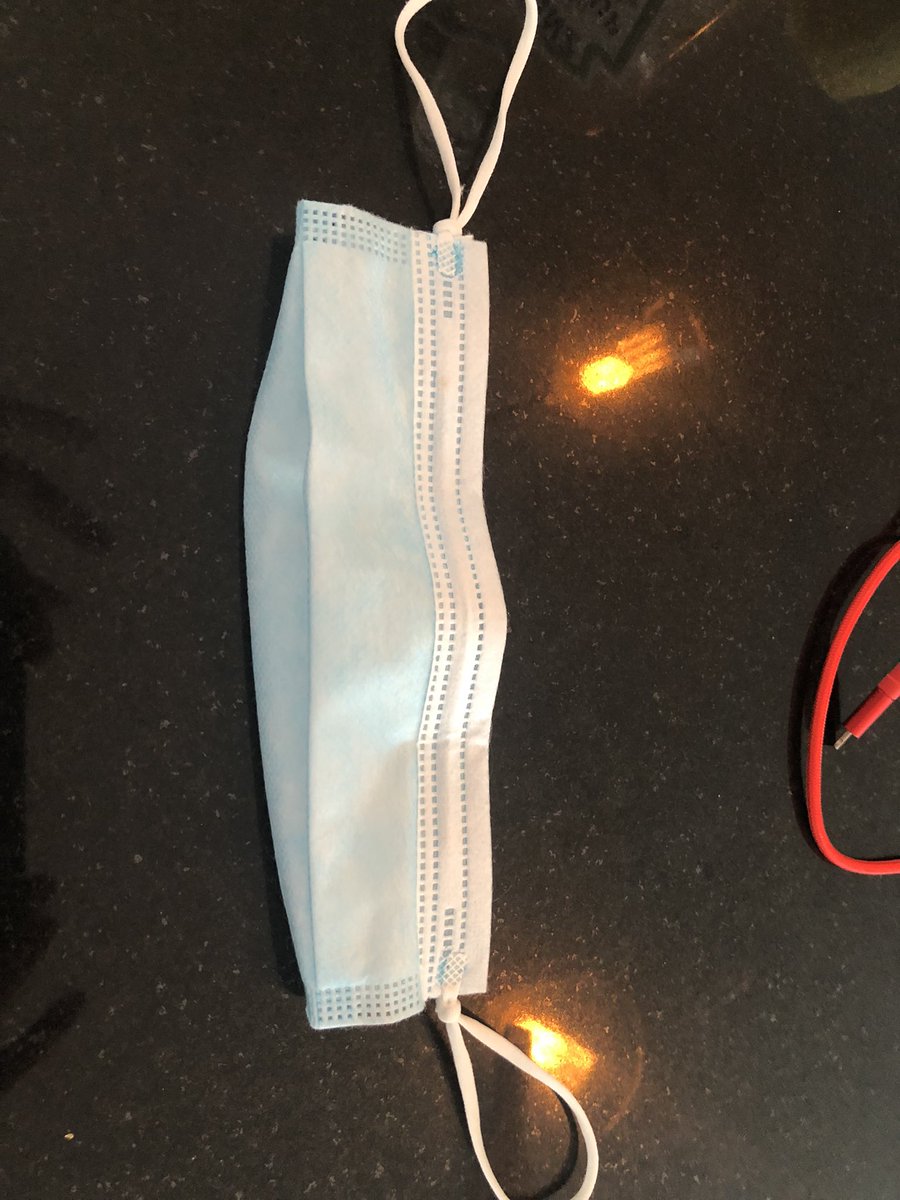
MD, Physiatrist, pro-ultrasound, anti-pain, not just a needle jockey, views are my own
4 subscribers
How to get URL link on X (Twitter) App


 In this N of 2 experiment, the strength of RAT result on standard throat/nasal swab correlated with #MaskRAT result.
In this N of 2 experiment, the strength of RAT result on standard throat/nasal swab correlated with #MaskRAT result. 


https://twitter.com/masknerd/status/1476668499649044484
 A few ASTM level 3 surgical masks were tested. Worn without modification, they had a filtration efficiency of 35-78% (via particle counter).
A few ASTM level 3 surgical masks were tested. Worn without modification, they had a filtration efficiency of 35-78% (via particle counter).





 Original version of table here:
Original version of table here:https://twitter.com/JenniferKShea/status/1373840694176010240?s=20

https://twitter.com/angie_rasmussen/status/1420118840621555719When the science and our understanding evolves, it’s important to communicate this clearly and concisely to the public rather than fall back on nuance and shades of gray. Even when this means admitting that previous messaging was incorrect.

https://twitter.com/DavidElfstrom/status/1388534564369350670
 Because a fit factor of 5 (20% leak) - when quietly breathing through a surgical mask - isn’t respiratory protection.
Because a fit factor of 5 (20% leak) - when quietly breathing through a surgical mask - isn’t respiratory protection.
https://twitter.com/CollignonPeter/status/1382469391464353795“As the pandemic swept across the globe, and cases grew, so did the evidence supporting aerosol transmission. The increased risk in shared indoor air and poorly ventilated spaces and decreased risk outdoors was plain for all to see.”

 The disease on the left is managed with airborne precautions, including respiratory protection (N95/respirator) and ventilation optimization
The disease on the left is managed with airborne precautions, including respiratory protection (N95/respirator) and ventilation optimization